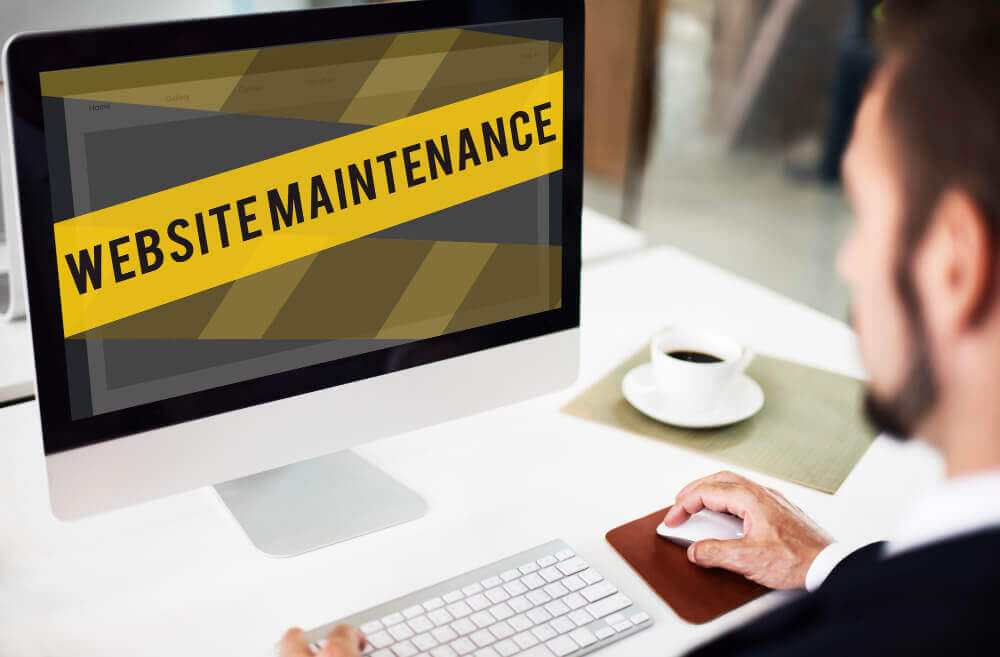Common Personal Website Design Mistakes to Avoid

Common Personal Website Design Mistakes
Creating a personal website is a great way to showcase your skills, portfolio, and personality. However, several common mistakes can detract from your site’s effectiveness and user experience. Avoiding these pitfalls can help ensure your website leaves a positive impression on visitors. Here are some common personal website design mistakes to avoid:
1. Cluttered Layout
A cluttered website can overwhelm visitors and make it difficult to find the information they need. Avoid cramming too much content into a small space. Instead, use a clean and simple layout with plenty of white space to make your content easy to read and navigate.
2. Poor Navigation
Confusing or complicated navigation can frustrate users and cause them to leave your site. Ensure your navigation menu is clear and intuitive. Use descriptive labels for your menu items and keep the number of options to a minimum to avoid overwhelming visitors.
3. Inconsistent Design
Consistency is key to creating a professional-looking website. Use a consistent color scheme, typography, and design elements throughout your site. This helps create a cohesive look and feel, making your site more visually appealing and easier to navigate.
4. Ignoring Mobile Optimization
With the increasing use of smartphones and tablets, it’s essential to have a mobile-friendly website. Ensure your site is responsive, meaning it adjusts to different screen sizes and devices. Test your site on various devices to make sure it looks and functions well on all of them.
5. Slow Loading Times
Slow-loading websites can drive visitors away. Optimize your images, minimize the use of heavy scripts, and leverage browser caching to improve your site’s loading speed. Tools like Google PageSpeed Insights can help you identify and fix issues that may be slowing down your site.
6. Lack of Clear Calls to Action
Every page on your website should have a clear call to action (CTA) that guides visitors towards a desired action, such as contacting you, signing up for a newsletter, or viewing your portfolio. Make your CTAs stand out by using contrasting colors and placing them prominently on the page.
7. Not Showcasing Your Personality
A personal website should reflect your personality and brand. Don’t be afraid to add personal touches, such as a photo of yourself, a bio, or a blog where you share your thoughts and experiences. This helps visitors connect with you on a more personal level.
8. Overlooking SEO
Search engine optimization (SEO) is crucial for helping people find your website. Use relevant keywords throughout your site, create high-quality content, and ensure your site is properly structured with headings, meta descriptions, and alt text for images. SEO tools can help you identify areas for improvement.
9. Neglecting Accessibility
An accessible website ensures all users, including those with disabilities, can navigate and interact with your site. Use alt text for images, ensure sufficient color contrast, and provide keyboard navigation options. Following web accessibility guidelines broadens your audience and improves your site’s usability for everyone.
10. Lack of Contact Information
Make it easy for visitors to contact you by providing clear and accessible contact information. Include a contact form, email address, or links to your social media profiles. Place this information in a prominent location, such as the header or footer of your site.
By avoiding these common design mistakes, you can create a personal website that is visually appealing, user-friendly, and effective in achieving your goals. Remember, your website is an extension of yourself, so take the time to design it thoughtfully and intentionally.